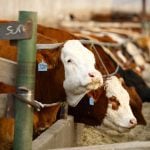
Tag Archives Forage
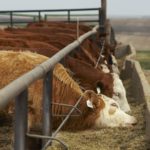
Klassen: Feeder cattle market drops on soft demand
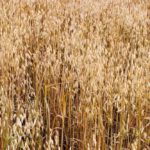
Oats market steady, watching harvest
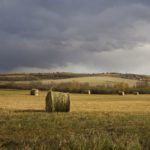
Prairie hay shortage on horizon

Young grasshoppers’ patience rewarded
Producers are in their sprayer cabs again, this time after grasshoppers

Don’t let hot air spoil your silage
Silage expert highlights dry matter and nutrient loss in uncovered pits and poorly managed feed-out where oxygen can get into silage

Seeding on schedule but dry conditions concern
Pasture lands and forage crops are struggling to emerge because of cool, dry conditions

Time to tailor insurance, says Manitoba Beef Producers
The issue is also expected to be front and centre for the upcoming annual general meeting this winter
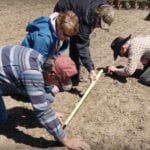
Going beyond grass: The case for forage legumes
Alberta producers offer the wisdom of their experience — and their gains — from high-legume pastures
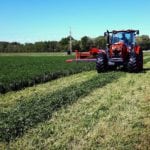
Rain relief brings good news for forage crops
The initial dour outlook for forage is looking brighter now that the dry spell has broken
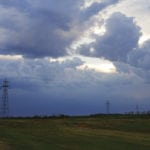
Concern raised over flagging forage
Manitoba’s dry spell needs to break soon, or it could mean bad news for forage crops in the west. For some winterkilled crops, though, it’s already too late


